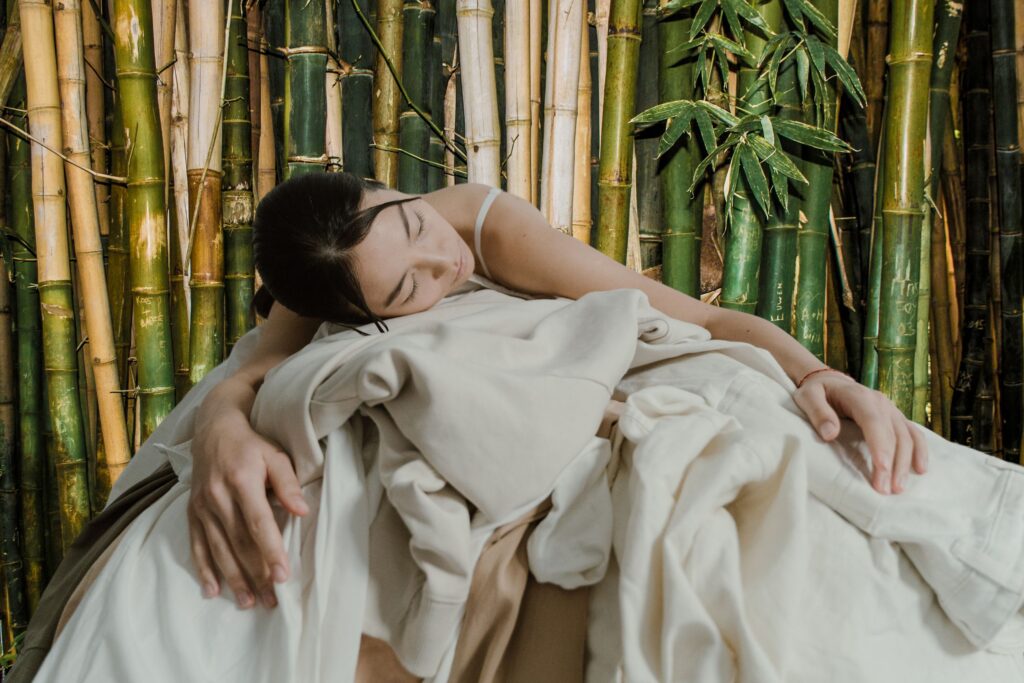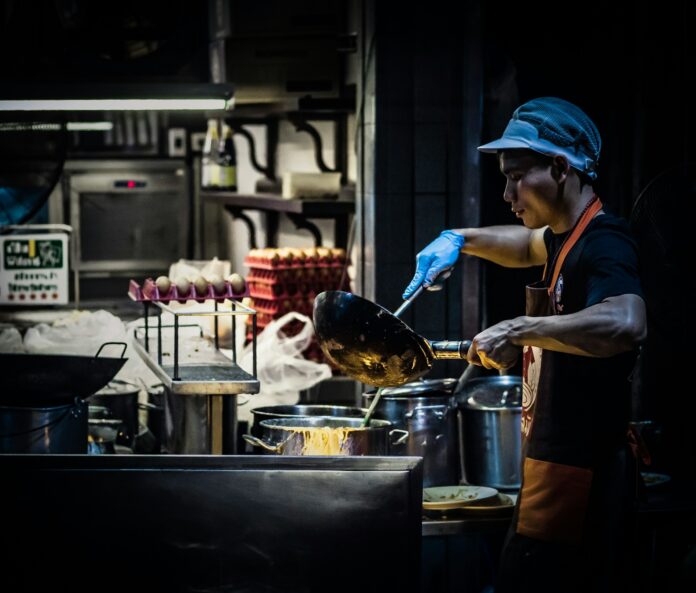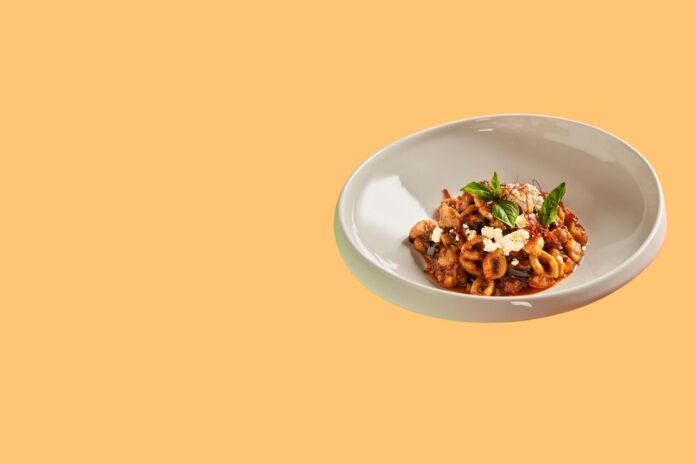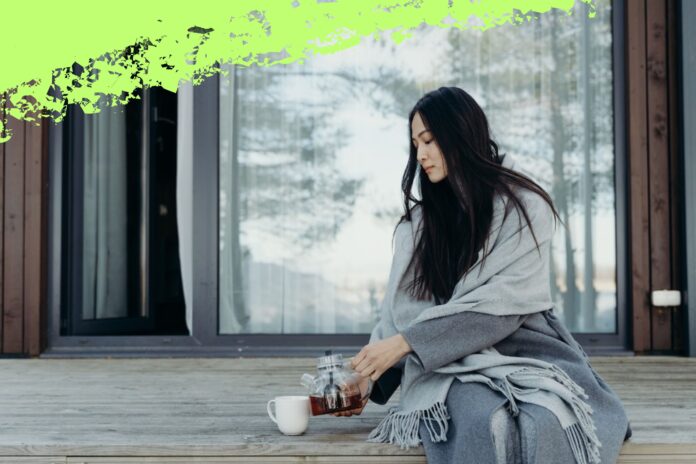Bamboo is one of the fastest-growing plants on Earth, able to grow up to 20 feet in height, and in the case of Chinese moso bamboo, by a metre each day until it’s felled, making it the world’s fastest growing plant.
A remarkable species, due to the organic anti-fungal, antibacterial agent present in the plant, bamboo doesn’t require insecticides to grow to those dizzy heights.
The plant proliferates, can be harvested with minimal effort, and can go without sunlight for months, all of which have made bamboo increasingly appealing to interior designers, fashionistas and homeowners keen to use more sustainable materials in their clothes and homes.
No surprise, then, that bamboo textiles and fabrics are generating interest in the world of sustainability. Let’s explore further with our IDEAL guide…
What Is Bamboo Fabric?
Bamboo fabric is a type of woven fabric made from the cross-section of bamboo strips, which are thinner than paper and ultra pliable.
The fabric gets produced as a natural fibre without any chemical dyeing or finishing required; a big tick in the sustainability box, for sure. Boasting a unique, distinctive pattern created by the parallel rows of the material, bamboo fabrics are lightweight and soft, with a dull lustre.
Bamboo fabric is known for its superior, tactile softness and draping abilities. It also has a natural anti-static ability, making it ideal for use as either bedding or clothing.
Read: 6 tips to achieving that 5 star hotel bed at home this summer

The History Of Bamboo Fabric
Bamboo fabric was one of the earliest types of cloth to be produced in East Asia, likely dating back thousands of years.
Ancient weaving techniques, such as plaiting using natural fibres like bamboo, developed thousands of years ago, however these early examples got used more as decorations rather than clothing or bedding. The lack of demand and high transportation costs likely prevented bamboo fabric from spawning a thriving bamboo cloth industry.
Fast forward several thousand years, and in 2001, China’s Beijing University developed the first modern method for creating renewable bamboo textiles en masse.
How Bamboo Fabric Is Made
Bamboo fabric is made from a coarser fibre than cotton, but because it’s so fine, it has excellent softness, flexibility and drapes (hello, new curtains!) beautifully. The best materials are woven in shirring, where the warp thread overlaps the weft thread at right angles. This design gives the bamboo cloth its distinctive character.
The first step in making bamboo fabric is to separate the fibres. The outer green covering of the bamboo stem is removed, and the white pith beneath is heated to remove any residual moisture. The fibres then get combed to remove any short pieces and left to dry. Simples!
Well, not simple really; we wouldn’t recommend trying it at home.
Benefits and Uses
Bamboo fabric is generally considered environmentally conscious, sustainable, and versatile. The semi-translucent nature of the material allows light to pass through, which creates a relaxed feeling against your skin.
The instantly recognisable aestehtic can get paired with various hues to create modern, vibrant prints that scream eco-consciousness and sustainability; an increasingly important marker in an industry keen to cut ties with the notion of ‘fast fashion’.
Bamboo fabric is also highly soft, light, and skin-friendly, making it ideally suited for swimwear, undergarments and bedding – basically, anything that will be making direct contact with your skin.
It’s also perfect for creating a beach-like atmosphere indoors. Bamboo bedding, curtains, and placemats can be used to give your room a tranquil ambience. The fabric is naturally resistant to fading, shrinking, pilling, wrinkling, and stretching, making it a long-lasting and durable choice in the home. This makes it an excellent option for your bedding and baby clothes due to its softness on delicate skin and natural antibacterial properties.
Read: 5 IDEAL tips for Bali inspired interior design
Interestingly, this isn’t only a summer fabric. Bamboo textiles can get blended with cotton or wool for warmth. They can also be used in the car industry to make your luxury car interiors and accessories…. Is there anything they can’t do?
The Bottom Line
Though textiles and fabrics made from bamboo are a relatively recent innovation, its potential in both the clothing and interior design industries is hugely exciting. Durable, long-lasting, requiring little maintenance, and being hypoallergenic, expect to see this material being used with increasing regularity as sustainability becomes the driving force behind consumer behaviour. We can’t wait!





